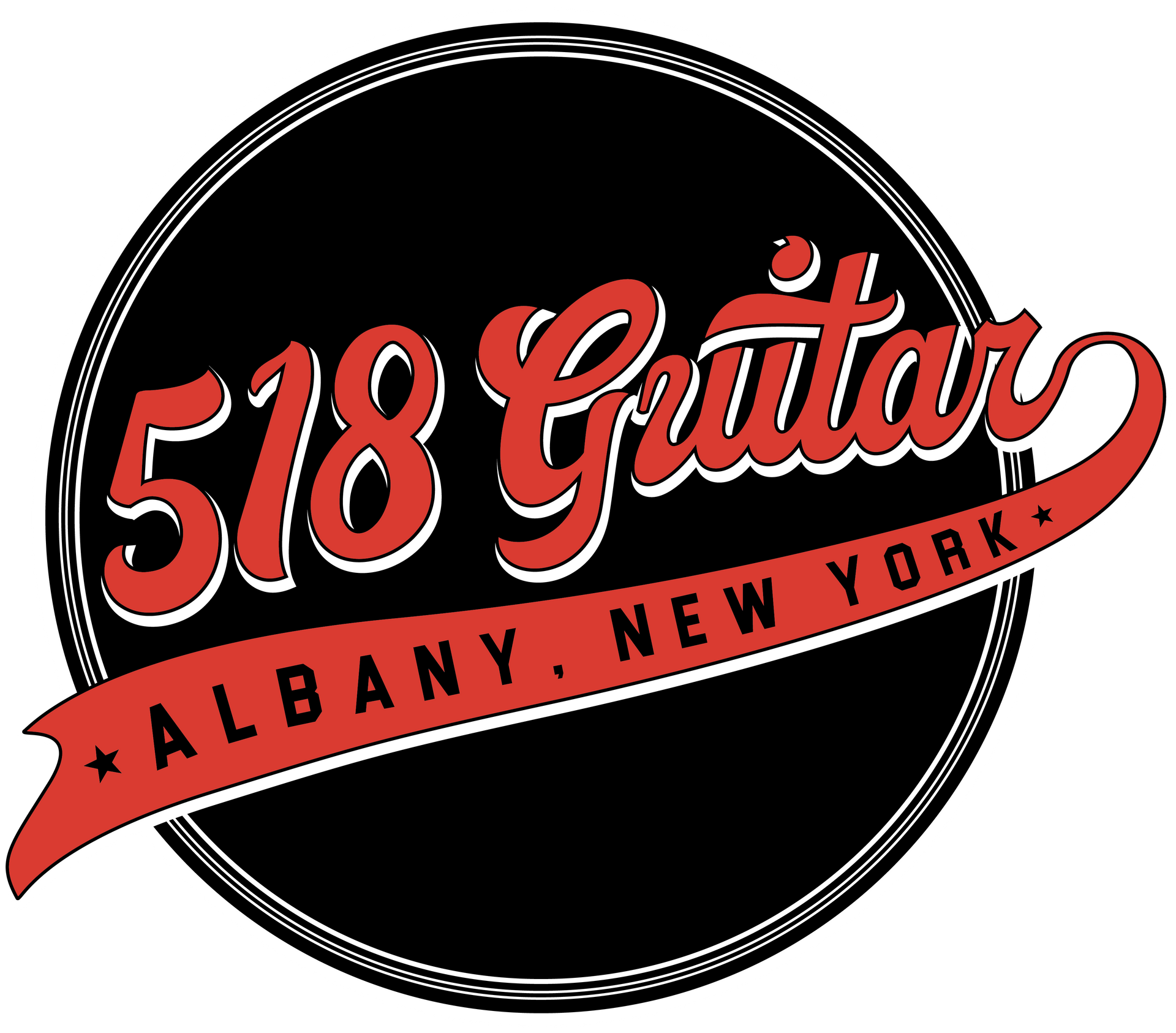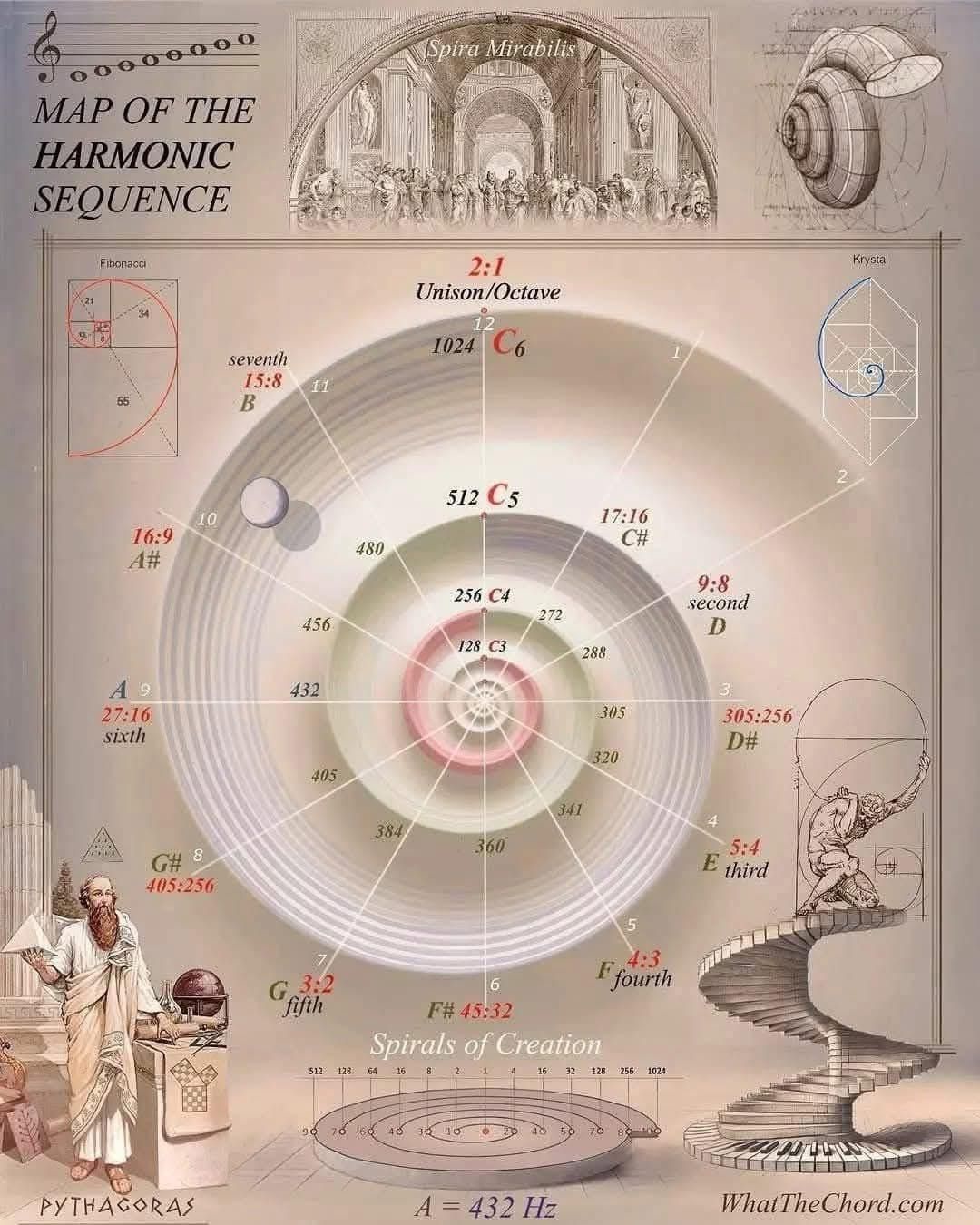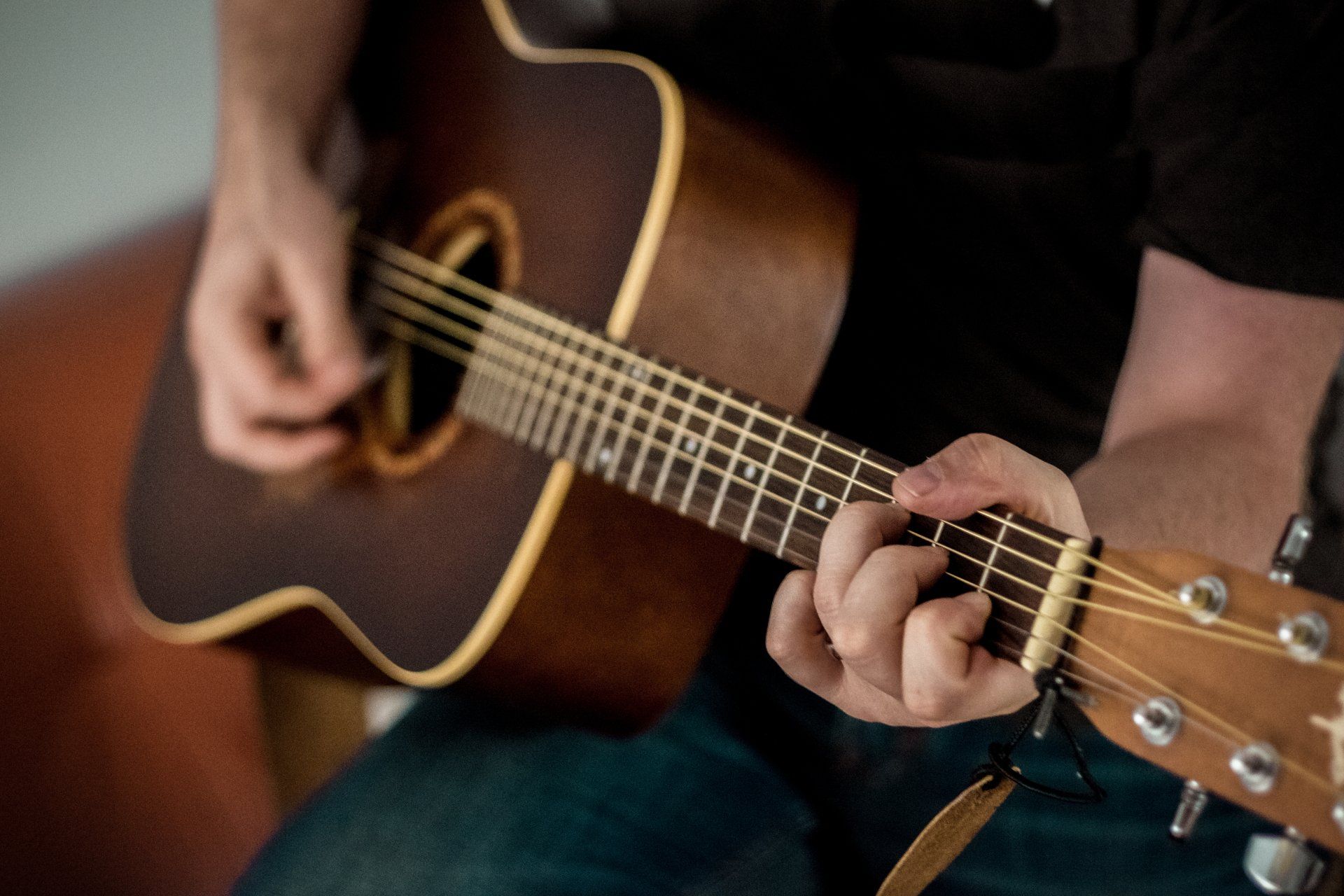
This past weekend, 518 Guitar hosted a special event that brought together students, friends, and family for a memorable afternoon of music, community, and fun. Held in the private room of Lynn's Uptown Pub in Albany, the event provided an incredible opportunity for students to showcase their talents, regardless of age or experience level.

In a world where the pursuit of new skills often seems reserved for the young, it's easy for adults to feel like they've missed the boat on learning to play the guitar. Yet, the notion that age is a barrier to learning and mastering the guitar couldn't be further from the truth. In fact, picking up this versatile instrument later in life not only opens doors to creative expression and musical enjoyment but also offers a myriad of cognitive benefits that can contribute to overall brain health. So, whether you're considering reigniting your passion for guitar or taking your first steps into the world of music, here's why it's never too late to start, reignite, or continue learning the guitar:

Music lessons can be a wonderful opportunity for children to explore creativity, develop discipline, and gain a lifelong appreciation for the arts. However, for parents venturing into this territory for the first time, it can be a bit of a maze. From choosing the right instrument to finding the perfect teacher, there are several factors to consider. Here are the top three things parents need to know when thinking about getting music lessons for their child. Understanding the Fit – More Than Just a Musical Instrument!

Hello there, gift-giving maestros! Are you considering gifting a guitar to a loved one, but feel a bit out of your depth? Fear not! As the holiday melodies fill the air and festive lights dazzle the streets, let's embark on a melodious journey to pick the perfect guitar – a gift that resonates with harmony and joy. Understanding the Fit – More Than Just a Musical Instrument! First things first: like a tailor-made suit or a perfectly fitted dress, a guitar needs to harmonize with its player. The size, shape, and type of guitar should complement the player's physique and playing style. Need some help? We've got your back: https://www.518guitar.com/guitar-shopper-service Here are some key points to consider:

The first question comes from guitar student Bill H. in California. He would like to start some ear training and note recognition to help him become a better guitarist and overall better musician. QUESTION: Andrew, We talked about intervals and hearing notes. I think this is something I need to improve on and wanted to know if you have exercises or suggested ways/programs to help in this area. I have seen “Ear Training” programs but when I have looked at reviews they never seem very consistent in regard to their effectiveness. ANSWER AND MINI LESSON: Here is what you need to know to start ear training. After you've read through my write up below, your mind will be 'in tune' with how we speak about pitches we hear and you'll be cleared for takeoff! Ear Training Basic Theory - Step 1: Pitch The major scale is the basis of all western music, and started with (I think) Gregorian monk chants. Everything in music of the western world is based on the intervals contained in the major scale. And I mean literally everything. The major scale is one cement foundational building block that absolutely all future and other scales are built on. And, the major scale is the scale from which we train our ears. Do I need to know music theory to train my ear? Yes, a little. There are many very good musicians who can just hear and recognize pitches and play those tones on the guitar. They have to hunt and peck around on the fretboard a lot to keep up with their developing ear. When they decide they’re fed up with hunting and pecking around, they usually learn how music theory works on the fretboard. it is absolutely impossible to put labels on what your ears are gonna tell you without some basic theory. We’ll need language to identify what our ears are telling us. You don’t have to be a theory expert. Just the basics are fine. You’ll hear me say this a lot in music lessons of any kind: The three essential elements of music - and this includes learning guitar - are Pitch Rhythm Dynamics All chords and scales in western music flow from the major scale. All musical expression flows using the three essential elements of music: Pitch, Rhythm, and Dynamics. Pitch is how high-pitched a note sounds to your ear and how low-pitched a bass-like note sounds to your ear, and everything in between. We learn pitch relatively. Meaning, first we listen to a note. Then, that note stops and we listen to another note. Was the second note higher or lower than the first note? We start with that very basic recognition. Now - how will we communicate the distance our ear hears between the lower note and higher note? That’s where we learn and apply “intervals”. The interval is the math we use to define the difference in pitch. It’s how we identify the distance between two notes.





